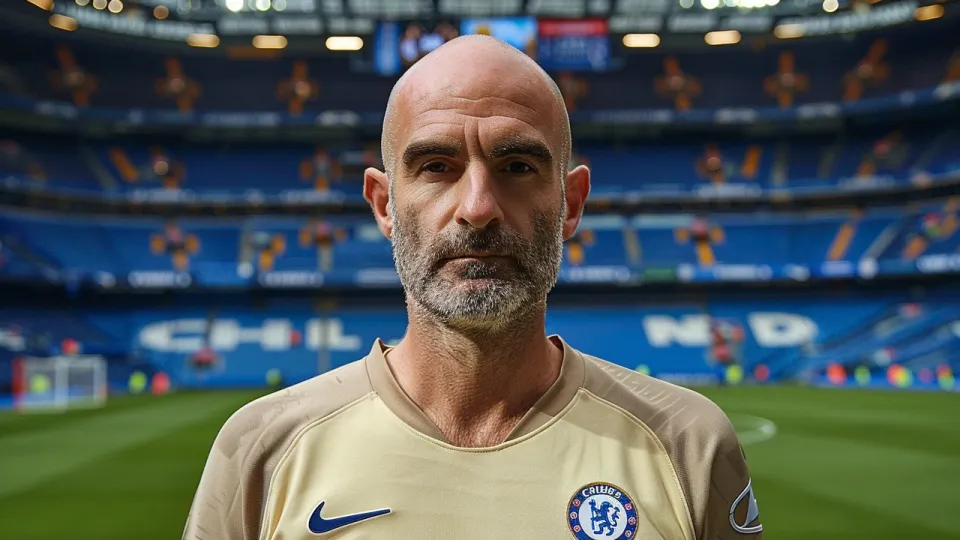
Leicester City's journey back to the Premier League has been nothing short of spectacular, marked by a blend of tactical innovation and strategic player performances. Rising from the Championship as the 2024 champions, Leicester City has reestablished itself in the top flight, showcasing a tactical blueprint that has guided their success against some of England’s most formidable teams.
Strategic Flexibility and Adaptation
Central to Leicester’s campaign has been their ability to adapt tactically to different opponents. Manager Enzo Maresca has emphasized a fluid tactical setup, frequently shifting between a 4-2-3-1 and a more aggressive 3-4-3 formation depending on the opposition. This flexibility has allowed Leicester to exploit the weaknesses of their opponents while reinforcing their own strengths.
"Our philosophy is built on flexibility," Maresca explained in a recent press conference. "We focus on understanding our opponents and adapting our game plan to ensure we can compete at the highest level."

Key Performances from Emerging Talents
Leicester’s resurgence has been supported by standout performances from emerging talents like Harvey Barnes and Kiernan Dewsbury-Hall. Barnes, returning to top form, has been instrumental in providing width and attacking flair, contributing six goals and five assists this season. Dewsbury-Hall, on the other hand, has solidified the midfield with his tenacity and vision, often orchestrating play from deep positions.
The introduction of young defender Luke Thomas has also been a revelation. Thomas has adapted well to the demands of Premier League football, offering defensive solidity and a keen ability to transition play from the back.
Tactical Analysis: A Case Study Against Manchester United
A key highlight of Leicester’s strategic acumen was their recent fixture against Manchester United, where they secured a hard-fought 2-2 draw at the King Power Stadium. Leicester employed a high-pressing strategy during the initial phases of the game, disrupting United's ability to build from the back. This approach resulted in early possession gains and culminated in a swift counter-attacking goal, expertly finished by Jamie Vardy.
In the second half, Leicester switched to a more compact setup, reducing the spaces between the lines to stifle United's attacking threat. This tactical shift highlighted Maresca's keen understanding of in-game dynamics and his ability to make effective adjustments, securing a vital point for his side.
Defensive Solidity: A Cornerstone of Success
Leicester’s defensive strategy has been equally crucial in their Premier League journey. With the experienced Jonny Evans leading the backline, the team has maintained a disciplined defensive shape. The center-back pairing of Evans and the youthful Wesley Fofana has provided a balanced mix of experience and athleticism, crucial in handling the diverse attacking styles across the league.
Statistically, Leicester has excelled in aerial duels, winning 58% of their aerial challenges, a testament to their defensive organization and physicality. This prowess has been pivotal, especially against teams known for their set-piece threats.
Looking Ahead: Challenges and Opportunities
As Leicester continues its Premier League campaign, challenges remain. The transition from Championship football to the Premier League’s relentless pace and quality demands constant tactical refinement. However, with Maresca at the helm, the Foxes have demonstrated both the ambition and the tactical nous to establish themselves as a mainstay in the league.

Conclusion
Leicester City's return to the Premier League has been a testament to tactical innovation, strategic planning, and outstanding individual performances. As they navigate the complexities of top-flight football, the Foxes continue to capture the imagination of football fans with their adaptability and resilience. Their journey serves as a reminder of the dynamic nature of football, where strategic ingenuity can effectively bridge the gap between promotion and Premier League survival.